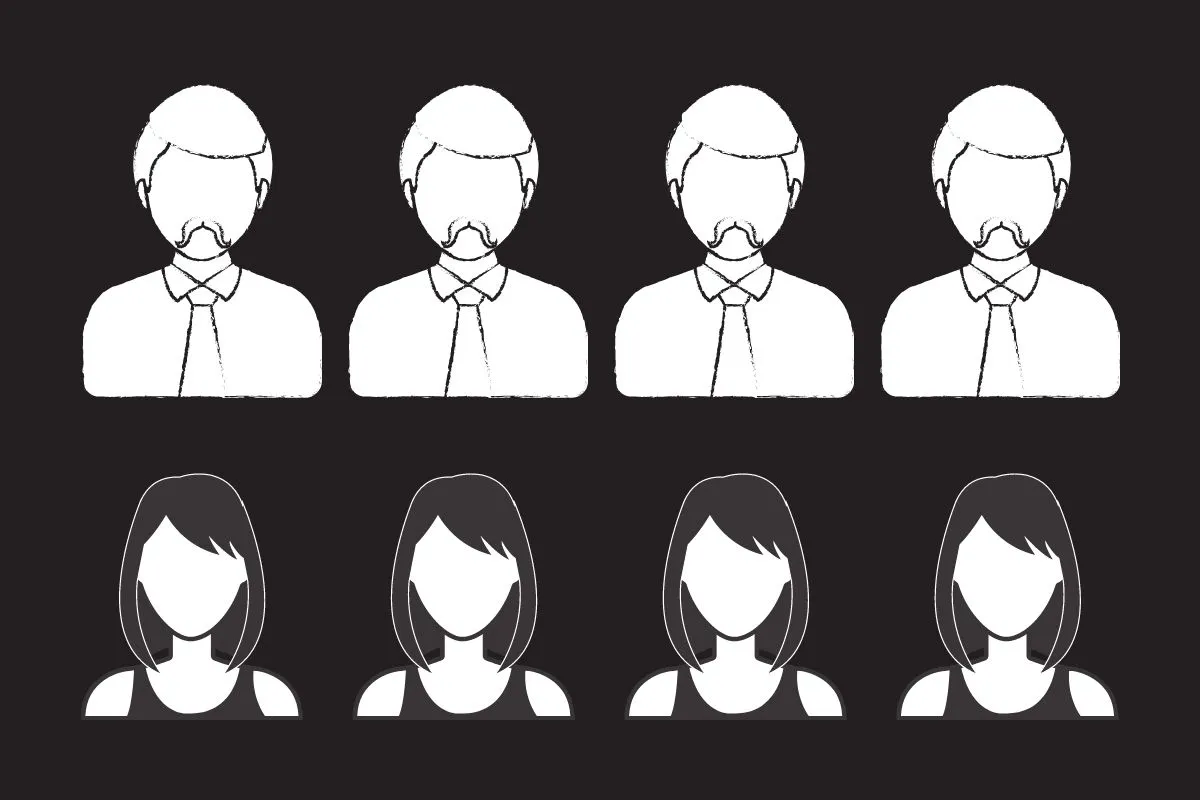Reverse Robin Hood. That’s what Trumpcare, the Republican health care bill, surely is: it takes from the poor and gives to the rich. How much? If you add up the impact for everyone in the state, from poorest to wealthiest, the net effect is a LOSS of at least $272,000,000 – each year. And that’s with the wealthy making out like bandits.
BUT – it’s even worse when you look at the low-income and middle-income familes of our state: the AHCA would take away almost $800,000,000 from families making less than $50,000 a year. Read on to learn more about this horrific, immoral healthcare bill.
Where Did We Get the Numbers?
Two articles spelled out the dollar impacts of the bill, one by CNN and one by Time. The Time article is based on a study by the Tax Policy Center. Here are the important bullets from those articles and the study:
The CNN article (link) and the Time article (link)
- Removes the 9% Medicare surcharge on income over $200,000
- Gets rid of Medicare tax on investments if over $200,000 (tax was 3.8%)
- Doubles tax-sheltered contributions to HSA from $6750 to $13100 for families
The TPC Study (link)
- Those earning more than $1 million a year would see a tax cut of $51,400 a year, on average.
- That figure accounts for 46% of all tax savings in the bill.
- Financial impact by household income level:
| Annual Household Income | Annual Dollar Impact |
| < $10,000 | – $1,420 |
| $10,000 – $19,999 | – $1,070 |
| $20,000 – $29,999 | – $720 |
| $30,000 – $39,999 | – $580 |
| $40,000 – $49,999 | – $350 |
| $50,000 – $74,999 | $60 |
| $75,000 – $99,999 | $370 |
| $100,000 – $199,999 | $600 |
| > $200,000 | $5,460 |
- Conclusion from the study: “Upper-income families would receive net benefits from the tax and spending changes proposed in the AHCA,and lower-income families would experience net losses. Higher-income families benefit the most from the tax cut, with 70.6 percent of the tax reductions in 2022 received by those with incomes over $200,000 and 46.2 percent of the tax reductions received by those with incomes over $1,000,000. Reductions in federal funding for health benefits would hurt lower-income families the most; families with incomes below $30,000 would sustain more than three-quarters of the losses in benefits. Taking both tax and benefit changes into account, the largest average gains under the AHCA would go to those with the highest incomes ($5,640 on average for those with incomes over $200,000), and the largest average losses from the AHCA would go those with the lowest incomes.”
AND NOTE – This does NOT include the cuts to Medicaid, which will hurt our poor and middle class even more, as well as destroying jobs for everyone across the state. Read that again: The Medicaid cuts are on top of the impact in this article. It’s as if the Reverse Robin Hood robbed you of your life savings, and then the Medicaid Mafia blew up your house, as well.
Impact for Total State, and by Congressional District
Once we had the numbers from the studies noted above, we then went to the Census Bureau site, where we found household counts, by income, for each Congressional district. We had to extrapolate a little, as the study broke $10,000 to $50,000 into four levels, and the Census data used four slightly different levels. After working out the statistics, here is the table for the state:
| Income | Net $ per Household | # Households | Total $ Impact |
| Less than $10,000 | ($1,420) | 157,997 | ($224,355,740) |
| $10,000 to $49,999 | ($728) | 771,612 | ($561,733,536) |
| $50,000 to $74,999 | $60 | 311,411 | $18,684,660 |
| $75,000 to $99,999 | $370 | 191,044 | $70,686,280 |
| $100,000 to $149,999 | $600 | 177,455 | $106,473,000 |
| $150,000 to $199,000 | $600 | 56,389 | $33,833,400 |
| $200,000 or more | $5,640 | 50,260 | $283,466,400 |
| Total impact | 1,716,168 | ($272,945,536) |
NOTE the impact on every household making less than $50,000 a year.
And here’s the impact for each Congressional district (and the same data in a PDF):
| District 1 | District 2 | ||||
| James Comer | Brett Guthrie | ||||
| Income | Net $ per Household | # Households | Total $ Impact | # Households | Total $ Impact |
| Less than $10,000 | ($1,420) | 25,197 | ($35,779,740) | 23,839 | ($33,851,380) |
| $10,000 to $49,999 | ($728) | 137,521 | ($100,115,288) | 129,729 | ($94,442,712) |
| $50,000 to $74,999 | $60 | 51,128 | $3,067,680 | 55,991 | $3,359,460 |
| $75,000 to $99,999 | $370 | 28,657 | $10,603,090 | 32,423 | $11,996,510 |
| $100,000 to $149,999 | $600 | 24,164 | $14,498,400 | 29,632 | $17,779,200 |
| $150,000 to $199,000 | $600 | 6,491 | $3,894,600 | 7,925 | $4,755,000 |
| $200,000 or more | $5,640 | 4,826 | $27,218,640 | 6,141 | $34,635,240 |
| Total impact per district | ($76,612,618) | ($55,768,682) | |||
| District 3 | District 4 | ||||
| John Yarmuth | Thomas Massie | ||||
| Income | Net $ per Household | # Households | Total $ Impact | # Households | Total $ Impact |
| Less than $10,000 | ($1,420) | 23,861 | ($33,882,620) | 18,154 | ($25,778,680) |
| $10,000 to $49,999 | ($728) | 125,122 | ($91,088,816) | 104,225 | ($75,875,800) |
| $50,000 to $74,999 | $60 | 55,259 | $3,315,540 | 51,818 | $3,109,080 |
| $75,000 to $99,999 | $370 | 37,069 | $13,715,530 | 34,682 | $12,832,340 |
| $100,000 to $149,999 | $600 | 34,601 | $20,760,600 | 39,003 | $23,401,800 |
| $150,000 to $199,000 | $600 | 13,039 | $7,823,400 | 13,890 | $8,334,000 |
| $200,000 or more | $5,640 | 11,986 | $67,601,040 | 13,301 | $75,017,640 |
| Total impact per district | ($11,755,326) | $21,040,380 | |||
| District 5 | District 6 | ||||
| Hal Rogers | Andy Barr | ||||
| Income | Net $ per Household | # Households | Total $ Impact | # Households | Total $ Impact |
| Less than $10,000 | ($1,420) | 43,964 | ($62,428,880) | 22,982 | ($32,634,440) |
| $10,000 to $49,999 | ($728) | 147,873 | ($107,651,544) | 127,142 | ($92,559,376) |
| $50,000 to $74,999 | $60 | 42,045 | $2,522,700 | 55,170 | $3,310,200 |
| $75,000 to $99,999 | $370 | 20,506 | $7,587,220 | 37,707 | $13,951,590 |
| $100,000 to $149,999 | $600 | 16,758 | $10,054,800 | 33,297 | $19,978,200 |
| $150,000 to $199,000 | $600 | 3,340 | $2,004,000 | 11,704 | $7,022,400 |
| $200,000 or more | $5,640 | 3,447 | $19,441,080 | 10,559 | $59,552,760 |
| Total impact per district | ($128,470,624) | ($21,378,666) | |||
Some Conclusions
- These are horrific figures. Families will not be able to afford their health insurance, and they will become both sicker and poorer as a result of this bill.
- Republicans know these numbers. They know the tax cuts are in there; that’s one reason they want so badly to pass this. It is a payback to their big-money donors and to their wealthy base.
- Their middle-class and poor voters? Republicans don’t care about them, as long as they vote Republican. And if they don’t vote R, then Republicans care about them even less.
- And if any elected Republican thinks that last bullet is too harsh, then show me where you opposed this bill on the grounds that it hurts the poor and middle-class in your district, and I’ll apologize to you, in writing.
Any elected official, Republican OR DEMOCRAT who votes to transfer this much wealth from the poor and middle class into the pockets of the upper-class and super-rich should be hounded about their vote, should be primaried, should be voted out of office.
This bill is a travesty. It is not healthcare—it is highway robbery, done at the end of a signing pen.
[bctt tweet=”This bill is a travesty. It is not healthcare—it is highway robbery, done at the end of a signing pen.”]
–30–








